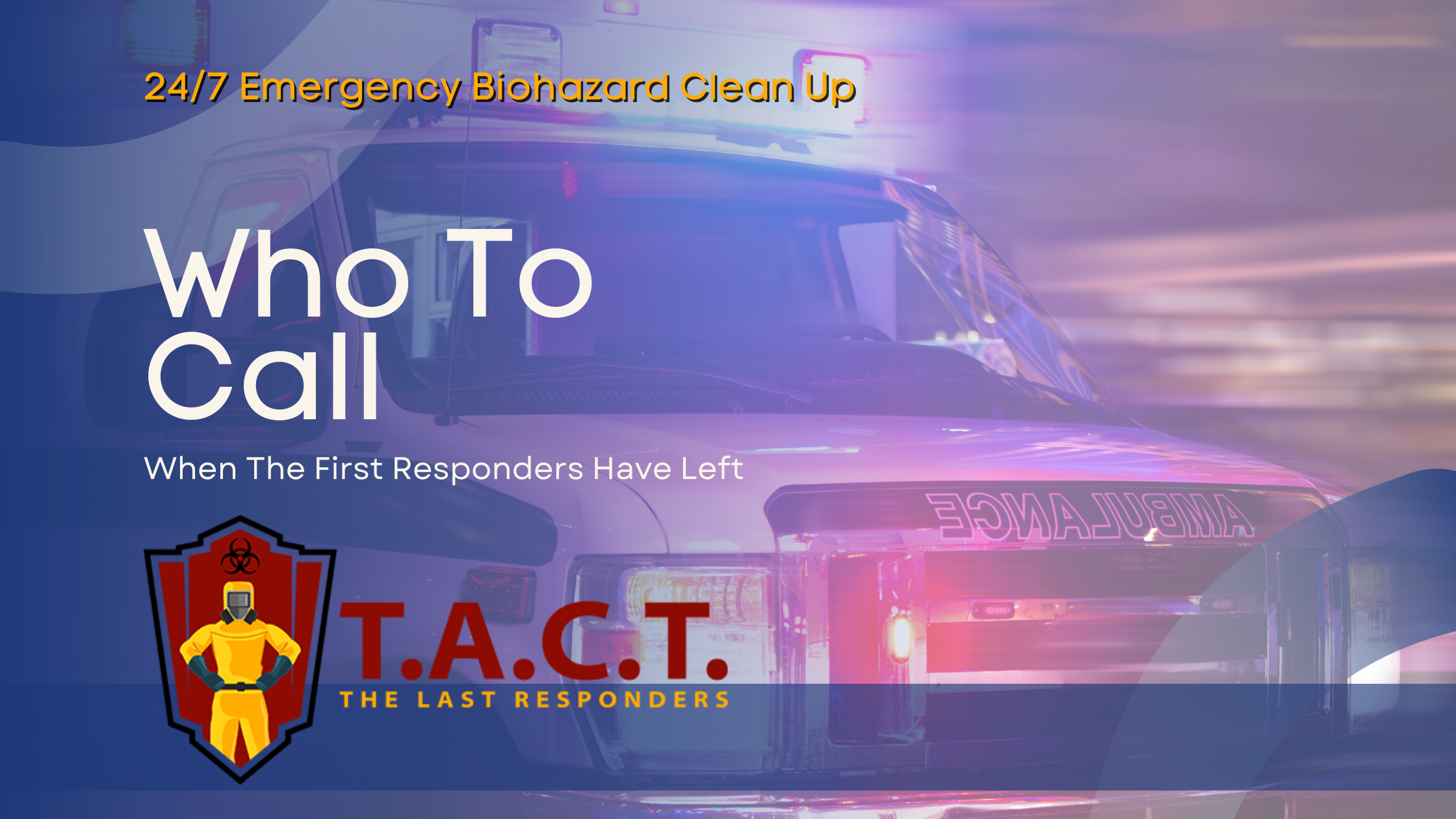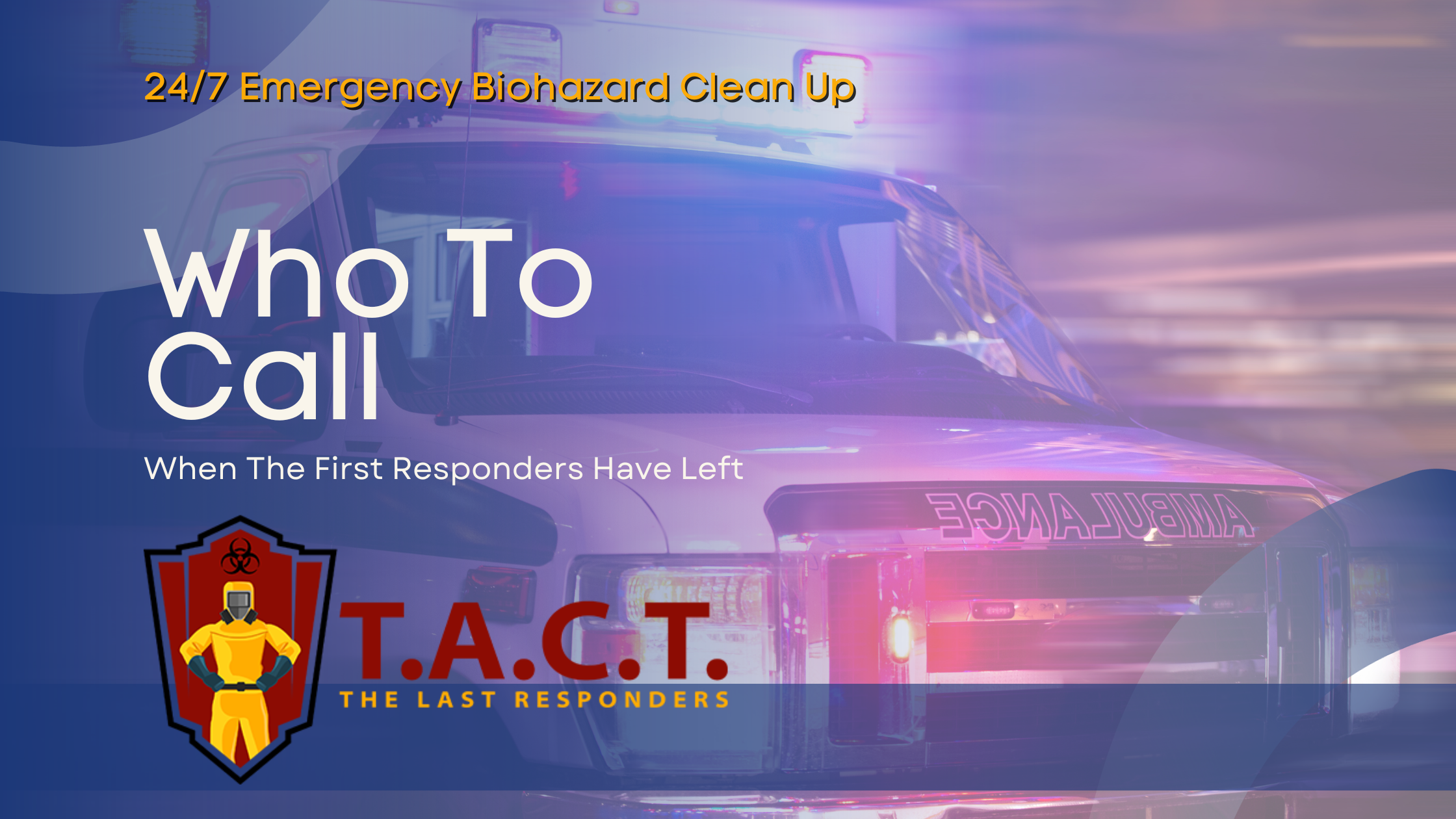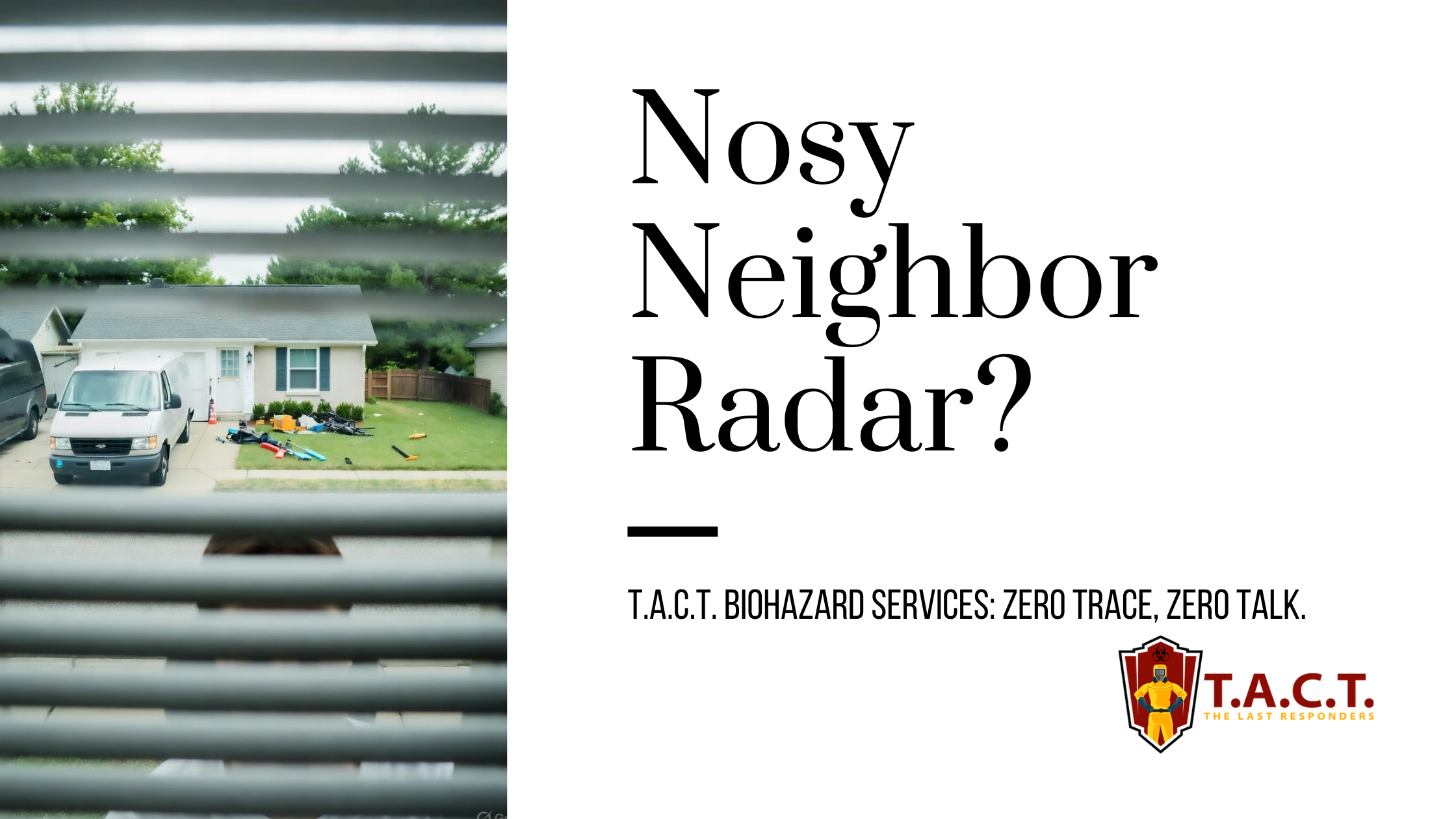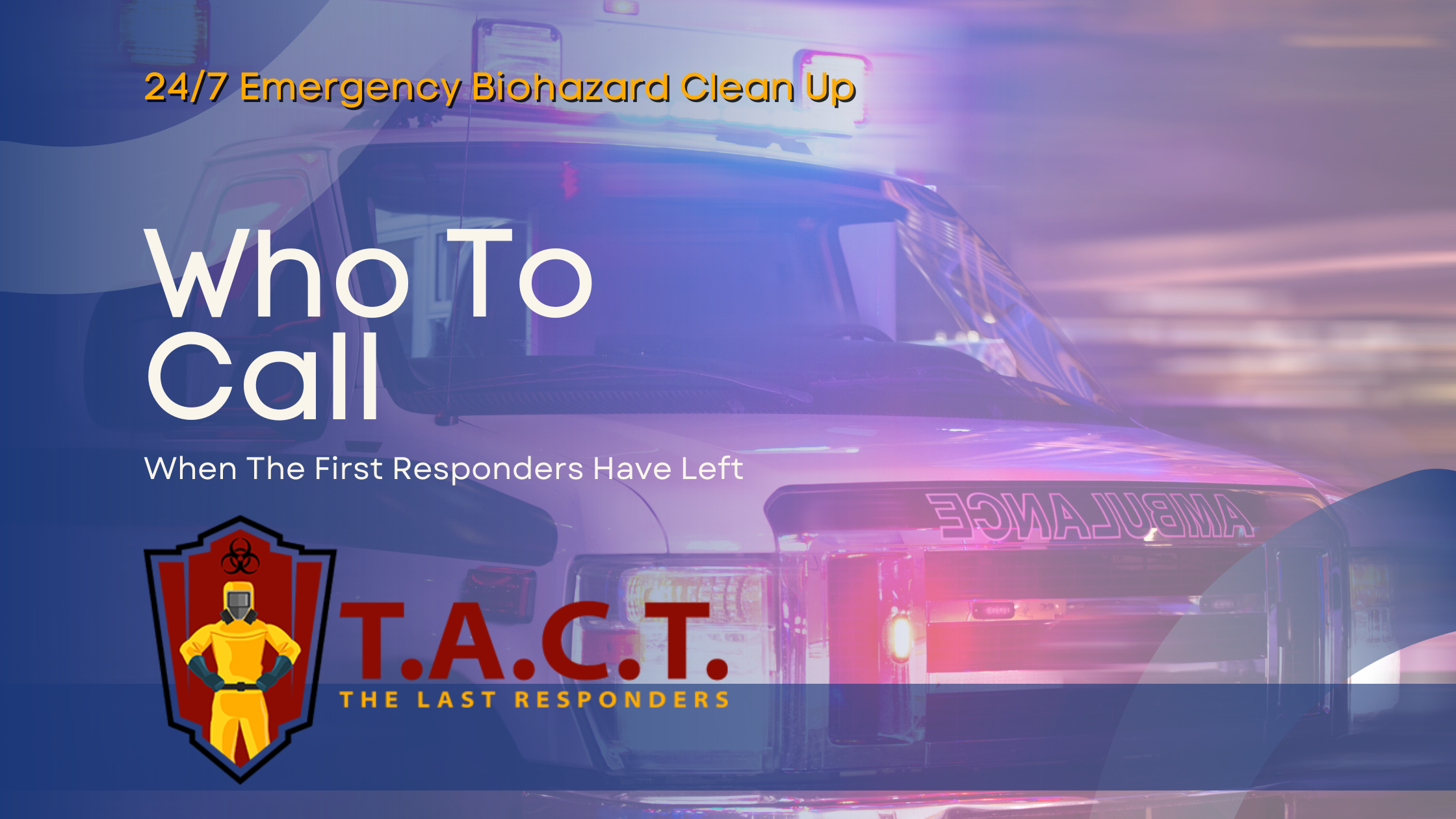Top 7 sign indicating black mold beginning stages

Top 7 Signs Indicating Black Mold Beginning Stages and How to Address Them
Spotting the beginning stages of black mold is essential to prevent health risks and damage to your home. This article outlines the early signs of black mold, including the black mold beginning stages, and provides steps to take action immediately.
Key Takeaways
A musty odor is a primary indicator of potential black mold presence; swift action is essential to prevent further growth.
Common hidden mold locations include dark areas behind wallpaper, under carpets, and in drywall; regular inspections can help catch problems early.
Health symptoms like respiratory issues and fatigue may signal mold exposure, highlighting the importance of addressing mold-related issues promptly.
Musty Odor: The First Hint of Black Mold

A musty odor is often the first sign that black mold is lurking in your home. This distinctive odor, caused by microbial volatile organic compounds (mVOCs) released by mold spores as they grow, is often associated with the black mold smell. Even if you can’t see any visible mold, the presence of a musty odor should not be ignored.
The strength of the musty odor can also give you an indication of the extent of the mold problem. A faint smell might suggest that the mold is just starting to grow, while a stronger odor could indicate a more extensive infestation. Regardless of the intensity, immediate action is crucial to prevent further mold development.
If you notice a musty odor, act quickly to address it. Ignoring this early sign can lead to more significant mold growth and potentially severe health risks. Swift action can prevent mold from spreading and causing further damage to your home and health.
Hidden Mold in Dark Spaces

Black mold often hides in dark, unnoticed areas, making it difficult to detect until the problem has become severe. Common hiding spots include behind wallpaper, under carpets, and inside drywall. These areas provide the damp, dark environments that black mold spores thrive in, allowing mold to grow undetected for extended periods.
Regularly inspect moisture-prone areas like basements, showers, and crawl spaces, which are vulnerable to black mold due to high humidity and frequent water exposure. Monitoring these spaces can help you catch mold early and take preventive steps.
Identifying hidden mold often requires advanced tools and techniques. Discoloration behind wallpaper, walls, or ceilings, along with unexplained health symptoms like allergies or respiratory issues, can indicate hidden mold. A professional assessment can determine the extent of the infestation and guide an effective remediation plan.
Proper ventilation and air circulation are key in preventing mold growth. Using exhaust fans in bathrooms and kitchens and open windows to improve airflow can help reduce humidity and prevent mold spores from settling. Regular maintenance and cleaning also play a crucial role in keeping mold at bay.
Visible Signs of Early Mold Growth
Visible signs of mold growth are often the most obvious indicators that you have a mold problem. Early signs of black mold typically manifest as small black dots that can expand rapidly if not addressed. These dots can appear on walls, ceilings, and other surfaces exposed to moisture, leading to visible mold growth.
Mold can appear in various shades, including dark green and black, and is commonly found on surfaces that are frequently damp, such as shower walls, window sills, and around sinks. Discoloration on these surfaces is a clear sign that mold in your home is beginning to grow, especially if you notice mature mold colonies. Regular inspections of these areas can help you catch mold early and take appropriate action.
Besides visible patches, a musty smell and unexplained respiratory symptoms like coughing or a runny nose are early signs of mold. Addressing these signs immediately can prevent mold from spreading and causing more damage. Quickly drying wet surfaces and fixing any water leaks can help prevent mold growth.
Water Damage as a Precursor to Mold

Water damage often precedes mold growth, as mold thrives in high humidity and excess moisture in damp environments. Maintaining indoor humidity levels between 30% and 50% can reduce mold risk. A moisture problem in moisture-producing areas like kitchens and bathrooms can help keep humidity in check.
Areas that are likely to sustain water damage, such as:
basements
laundry rooms
bathrooms
kitchens should be regularly inspected for signs of mold. Signs that mold may be present include:
discoloration on walls and surfaces
musty odors
warped wood Catching these signs early can help prevent a minor issue from becoming a major infestation.
The breakdown of grout and caulking is another sign that moisture is present and mold may be on the way. Mold thrives in areas where moisture and warmth are present, often leading to unexpected growth behind walls, under furniture, or even in spaces with ceiling tiles. By addressing these moisture issues promptly, you can prevent mold from taking hold and spreading throughout your home.
Regular maintenance, like fixing leaky pipes and ensuring proper drainage, can significantly prevent black mold growth and subsequent mold growth. Staying vigilant and proactive can protect your home and health from the dangers of black mold.
Health Symptoms Related to Black Mold Exposure

Exposure to black mold can lead to a variety of health symptoms, ranging from mild to severe. Common symptoms include mold allergy, headaches, fatigue, skin irritation, and respiratory issues such as coughing, wheezing, and asthma symptoms.
These symptoms are often caused by mold spores and microbial volatile organic compounds (mVOCs) released by the mold, which can trigger mold allergies.
Individuals with compromised immune systems are at greater risk of serious health problems due to toxic black mold exposure, including severe respiratory issues, allergic reactions, and other serious health issues related to human health. Being aware of these risks and protecting vulnerable individuals from mold exposure is crucial.
The body’s response to black mold exposure varies widely; some may experience symptoms immediately, while others may react after prolonged exposure, potentially leading to an allergic reaction. If you or a family member have unexplained health symptoms, consider the possibility of mold exposure and address any potential mold problems in your home.
Deterioration of Materials in Wet Areas
The deterioration of materials in wet areas is a clear sign that mold may be present. Grout and caulking, in particular, are prone to breaking down when exposed to moisture, providing an ideal environment for mold growth. Regular cleaning and prompt attention to spills can help maintain these materials and prevent mold from taking hold.
Applying paint or caulk over existing mold is not a solution and can lead to further deterioration of the surfaces. The mold will continue to grow underneath, causing the peeling paint or caulk to peel and creating a more significant problem. It’s essential to remove the mold completely before attempting any repairs to ensure the surfaces remain mold-free.
Keeping wet areas well-ventilated and dry is vital for preventing mold growth. Methods to help keep these areas mold-free include:
Using exhaust fans
Fixing leaky pipes
Ensuring proper drainage By being proactive and addressing moisture issues promptly, you can protect your home from mold damage.
Professional Mold Remediation

Consulting indoor environmental professionals and healthcare professional is crucial for safe and effective mold removal and maintaining indoor air quality. These experts have the necessary tools and knowledge to identify and remove mold safely, preventing the spread of mold spores and minimizing health risks.
Restoration professionals, such as those from Everdry Waterproofing, can provide expert waterproofing and mold assessments to help you address the root cause of the mold problem and prevent future growth. Their services can give you peace of mind, knowing that your home is being treated by experienced professionals.
Containment strategies, including barriers and negative air machines, are essential in preventing the spread of mold spores during the cleanup process. These strategies help ensure that the mold is contained and removed safely, protecting both your home and your hvac system and your family’s health.
Investing in professional mold remediation is wise when dealing with a mold infestation. It ensures safe and effective mold removal, reducing health risks and preventing future growth. This step protects your home and health from the dangers of black mold.
Summary
Early detection and action are key to preventing black mold from causing significant damage to your home and health. By paying attention to signs such as musty odors, hidden mold in dark spaces, visible mold growth, and water damage, you can catch mold early and take steps to address it before it becomes a major problem.
Professional mold remediation is essential for safe and effective mold removal. By consulting with indoor environmental professionals and investing in expert services, you can ensure that the mold is removed safely and prevent future growth. Stay vigilant and proactive in protecting your home and health from the dangers of black mold.
Frequently Asked Questions
What is the first sign of black mold in your home?**?
The first sign of black mold in your home is typically a musty odor, which is produced by microbial volatile organic compounds released by mold spores. Addressing this odor promptly can help prevent further mold growth.
Where does black mold commonly hide?**?
Black mold commonly hides in dark and damp areas like behind wallpaper, under carpets, and within drywall. Being aware of these locations can help you effectively monitor and address potential mold issues.
What health symptoms can black mold exposure cause?**?
Black mold exposure can cause a variety of health symptoms including headaches, fatigue, skin irritation, and respiratory problems such as coughing. It's crucial to address mold issues promptly to avoid these health risks.
How can you prevent mold growth in wet areas?**?
To prevent mold growth in wet areas, ensure regular cleaning, promptly address spills, and maintain proper ventilation. These steps will significantly reduce the risk of mold development.
Why is professional mold remediation important?**?
Professional mold remediation is crucial as it guarantees safe and effective removal of mold, thereby preventing the spread of spores and reducing health risks. Engaging professionals helps safeguard your environment and well-being.
Latest news

Bio Cleaning Services
Read More
Nosy neighbors peeking? T.A.C.T. North Atlanta offers discreet biohazard remediation for rodent infestations, mold, hoarding, and more. Unmarked vehicles, quiet experts, full privacy—24/7 service at 470-781-4775.
Read More
